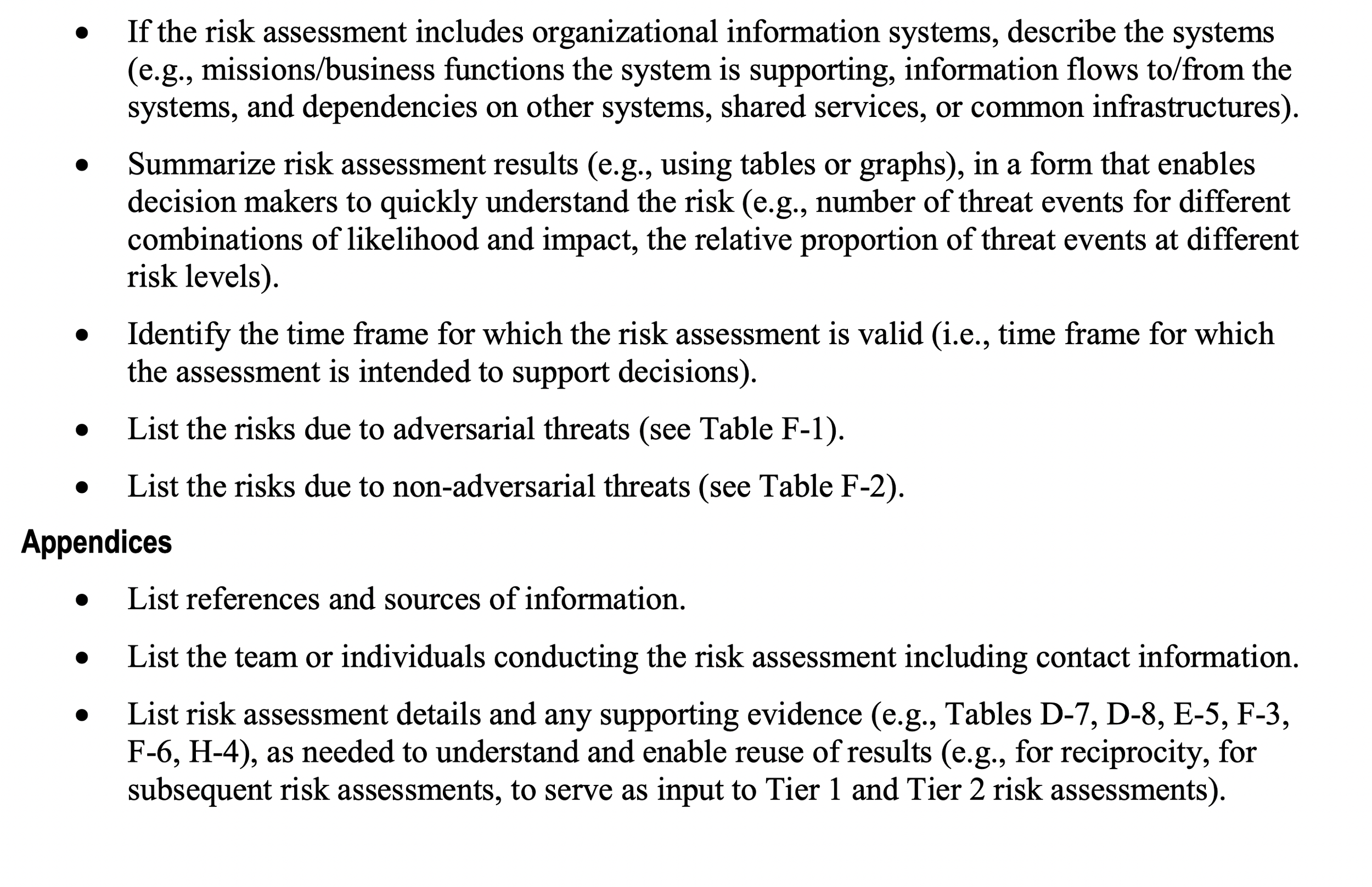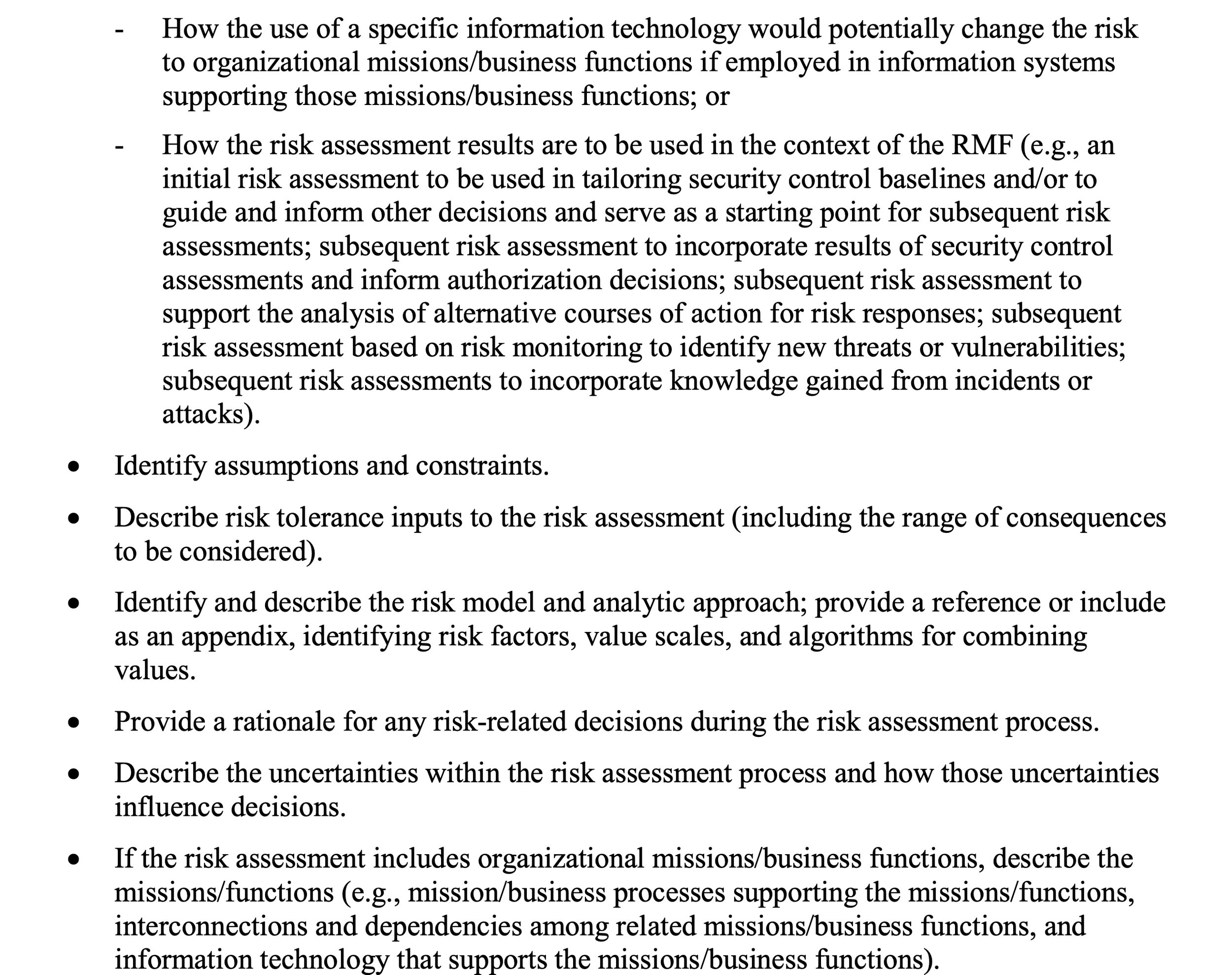Statista’s Cybersecurity Outlook estimates that the global cost of cybercrime will rise from 8.44 trillion in 2022 to 23.84 trillion by 2027. That is almost triple the original cost in just five years!
Organizations in public and private sectors depend on information systems to guard data. When assessing cybersecurity risks, a company must consider these systems as an asset to protect.
They can be responsible for carrying out functions like…
Office Networks.
Financial and Personnel Systems.
Industrial/Process Control Systems.
Weapons Systems.
Telecommunications Systems.
Environmental Control Systems.
If a breach were to compromise data from any of these systems, the consequences can be serious. Your company's information would be at the disposal of a cybercriminal. This information includes, assets, operations, and other sensitive data. By exploiting vulnerabilities in an organization’s system, hackers can compromise valuable information.
Of course, when we think of a “cyberattack”, our brains like to emphasize the word “attack”. Yes, threats against organizations can include intricate and purposeful targeting. Especially from large cybercrime groups.
But many vulnerabilities can also come from environmental disruptions, human/machine errors, or structural failures. That is why leaders and managers at all levels must understand the importance of managing information security risk.
One of the most important aspects of managing your organization’s security risk starts with risk assessments. This type of assessment provides you invaluable information on about your organization’s cybersecurity ecosystem.
But where do you start?
Luckily, there are many cybersecurity risk assessment frameworks that already exist for you to use as a template for your organization. But, what’s the catch?
Unfortunately, getting started with your own cybersecurity risk assessment isn’t as easy as picking a framework based on how easy it looks to complete.
The truth is that you might not have much of a choice in your cybersecurity risk assessment framework you use. Different organizations have different framework requirements based on the vertical that they serve.
How do you know which framework is best for your type of organization? You’re in the right place. Here are 3 common cybersecurity risk assessment frameworks and their importantce.
Table of Contents
What is a Cybersecurity Risk?
Cybersecurity risks include the loss of confidentiality, integrity, or availability of data. The loss of information after a cyberattack can impact a company’s operations. These can include an organization’s mission, functions, image, or reputation.
The truth is that no matter how large or small your business is, anyone can be a target of a cybersecurity attack.
Hackers don’t discriminate while searching for user data. A cybersecurity breach for anyone can spell disaster... but small businesses may have the most to lose. A successful attack on a small business could mean it closes its doors for good.
Research from IBM and the Ponemon Institute’s 2021 Cost of a Data Breach Report shows that smaller organizations spend an average of nearly $3 million per breach. These organizations of 500 employees or less on average lose more than some larger ones. Those businesses with 500 to 1000 employees in comparison average only a $2.63 million price tag.
Numbers like these can easily put a small company out of business, so assessing cybersecurity risks are essential.
What is a Cybersecurity Risk Assessment?
Now that you know what a cybersecurity risk is, let’s talk about how to prevent and address them. One of the best strategies when considering risk management is to have a framework to refer to.
A cybersecurity risk assessment looks at the ability to protect information and systems from cyber threats.
Performing regular risk assessments can help companies identify:
Relevant threats to organizations.
Vulnerabilities both internal and external to organizations.
Impact on organizations that may occur given the potential for threats exploiting vulnerabilities.
Likelihood that harm will occur.
The purpose of a risk assessment is to identify, assess, and focus on risks to sensitive information.
By having an assessment in place, companies can identify and list areas for improvement in their cybersecurity program without having to learn from a devastating breach first. These assessments are the foundation of a risk management strategy and quick risk responses.
There are many different cybersecurity risk assessment frameworks to choose from. But the one most experts use is the National Institute of Standards and Technology (NIST) Cybersecurity Framework (NIST CSF).
NIST CSF
The NIST CSF provides guidance for managing cybersecurity risks. This framework originally made for US federal information systems and organizations. It relies on a company’s existing standards, guidelines, and practices.
The NIST CSF’s five elements are:
Identify: Establish the organization’s baseline security posture and identify risks.
Protect: Implement security controls to protect against identified risks.
Detect: Develop and implement detection processes to identify cybersecurity incidents.
Respond: Establish and implement response plans for identified cybersecurity incidents.
Recover: Develop and implement plans to restore systems and data following a cybersecurity event.
The information in the NIST CSF is in three sections of the report:
An executive summary.
The main body with risk assessment results.
Supporting appendices.
There are hundreds of frameworks within the NIST CSF that different organizations must follow depending on their vertical.
For example, if you’re a defense contractor you’re also very familiar with the NIST 800-171 framework. 800-171 spells out the cybersecurity requirements that defense contractors need to meet in order to to win government contracts.



ISO 27001
Another popular risk assessment framework to consider is the ISO 27001 standard. The International Organization for Standardization provides a comprehensive approach for managing information systems. The goal of ISO 27001 is to help organizations protect their critical information assets and comply with regulatory requirements.
This method goes even further than just risk assessment!
ISO 27001 security controls have 14 different phases, each containing specific requirements:
Information Security Policy.
Organization of Information Security.
Risk Assessment and Treatment.
Asset Management.
Access Control.
Cryptography.
Physical Security.
Operations Security.
Communications Security.
System Acquisition, Development and Maintenance.
Supplier Relationships.
Compliance with Legal Requirements and Industry Standards.
Information Quality Management.
Risk Monitoring and Review.
This assessment also includes a set of objectives and activities to help organizations reduce the risk of data breaches. Experts refer to these objectives as “control objectives”.
CIS RAM
The Center for Internet Security Risk Assessment Method (CIS RAM) is another information security risk assessment method that you’ll run into. This template helps implement and assess security alongside comprehensive CIS Controls. For reference, CIS Controls are cybersecurity best practices that defend against security threats.
The CIS RAM Family of Documents provides:
Instructions.
Examples.
Templates.
Exercises for conducting a cyber risk assessment.
Using CIS RAM to determine the likelihood of risk by not using CIS Control helps companies decide whether or not to implement the Control. On the flip side, using CIS RAM to weigh the burden of using the Control can also help decide on whether to apply it or not.
For example, if you find that the CIS Control you are looking to implement would have a higher impact than the risk you are trying to mitigate, you may want to consider the control not-applicable.
Why Have a Cybersecurity Risk Assessment?
Having a cybersecurity risk assessment ready can help you identify risks your organization may face.
By quickly identifying these risks, organizations can take steps to mitigate or reduce them.
Having a risk assessment template can also provide you with developing a plan to respond to and recover from a security breach.
It’s best for cybersecurity risk assessments to happen regularly. This way, risk profiles can keep up to date and on top of current trends. If there are changes to an organization’s computer systems, a new risk assessment is necessary.
Conclusion
Enterprises must use safeguards to make sure risk is reasonable as well as appropriate to other parties in case of a breach. Information technology leaders need to stay up to date by using effective risk assessment approaches.
Approaches that are not only effective, but efficient as well. Protecting business continuity keeps your revenue cycle flowing. Managing risk by streamlining the assessment process for both you and your team makes reporting that much easier.
In the end, the most important thing to consider when it comes to risk management is alignment and utility. Ensuring each team member aligns with your compliance team is essential. Utility speaks to ensuring that your risk team collects data in a way that leaders can effectively use it to make decisions.
Cybersecurity doesn’t have to be overwhelming! It all starts with a cybersecurity risk assessment.






